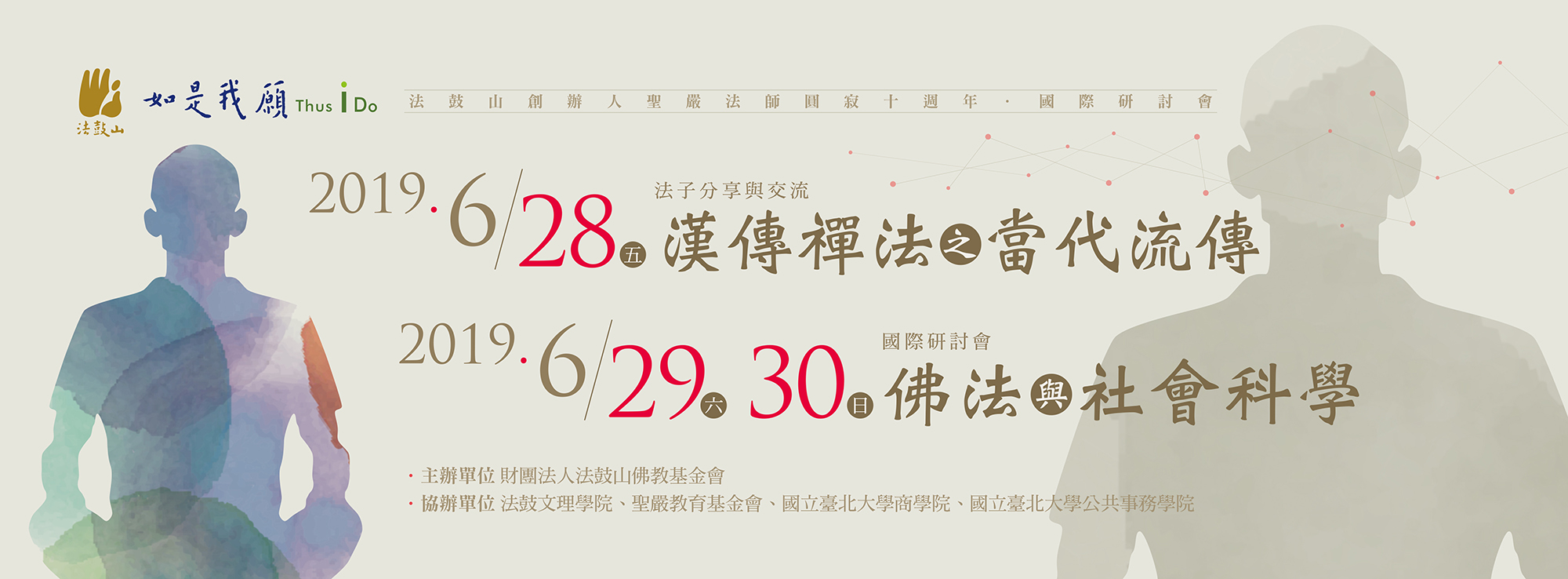A preliminary investigation of how the Five Spiritual Renaissance affects the altruistic tendency of economic behavior
Chun-Kuei Hsieh; Mei-Huei Yen
It has been two decades since Venerable Sheng Yen proposed the Fivefold Spiritual Renaissance (Four Fields for Cultivating Peace, Four Steps for Handling a Problem, Four Guidelines for Dealing with Desires, Four Practices for Helping Oneself and Others, Four Ways to Cultivate Blessings) as the method of practicing the concept of Spiritual Environmental Protection. However, to date, no empirical study has been done on the effect of the Fivefold Spiritual Renaissance on human behavior. To address this gap, we conducted an online survey using snowball sampling and obtained 2037 valid questionnaires during 2019/5/8~2019/5/13. As a preliminary investigation, we focus on a sample of 1521 questionnaires to which the respondents are Buddhists in Dharma Drum Mountain and investigate how the frequency of using Fivefold Spiritual Renaissance, the state of regular practice, and the income simultaneously affect the altruistic tendency of economic behavior. The main results are as follows: (1) the frequency of using Fivefold Spiritual Renaissance, the state of regular practice, and the income all have a positive influence on the altruistic tendency of economic behavior; and the influence of either is not completely replaced by the other two. (2) The higher the state of regular practice, the greater the positive influence of the frequency of using Fivefold Spiritual Renaissance on the altruistic tendency of economic behavior; meanwhile, the positive influence of income on the altruistic tendency of economic behavior is smaller. (3) The higher the frequency of using Fivefold Spiritual Renaissance, the greater the positive influence of the state of regular practice on the altruistic tendency of economic behavior; meanwhile, the positive influence of income on the altruistic tendency of economic behavior is smaller. (4) The above findings are still established after controlling for factors such as age, gender, education level, and place of residence.
